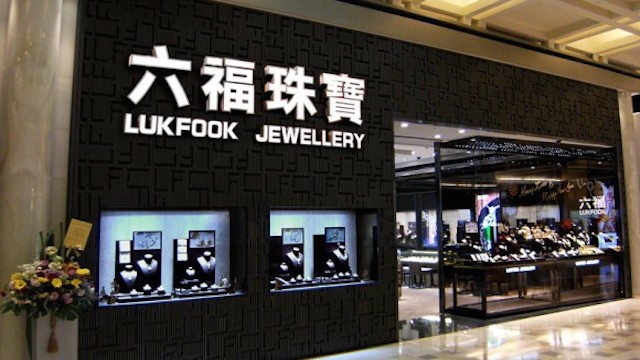One-quarter of global respondents in a shopping behaviour study say they already buy groceries online for home delivery.
And – according to the new Nielsen Global eCommerce and the New Retail Survery – more than half (55 per cent) are willing to use it in the future,
The survey polled 30,000 online respondents in 60 countries to understand how digital technology will shape the retail landscape of the future. The report looks at how consumers are using technology and offers insights into how retailers and manufacturers can use flexible retailing options to improve the shopping experience and drive increased visitation and sales across channels.
The good news for brick-and-mortar retailers is that clicks won’t be replacing bricks any time soon. Online shopping has a number of benefits – but physical stores also have strong key advantages over eCommerce – especially for fast-moving consumer goods.
Indeed, the majority of global respondents (61 per cent) reported that going to the grocery store is an enjoyable and engaging experience. A similar percentage (57 per cent) thinks grocery shopping in a retail store is a fun day out for the family.
However, Nielsen’s research shows clicks do lead to bricks and this is an important take-away for retailers and manufacturers who must engage the consumer early on the path to purchase. There are many touch-points along this path, which include finding the store, making shopping lists, checking prices, researching products, sharing reviews and manufacturer and retailer content on social media and finally purchasing.
“The connected commerce era has arrived,” said Patrick Dodd, president, global retailer vertical, Nielsen.
“Consumers are no longer shopping entirely online or offline; rather, they’re taking a blended approach, using whatever channel best suits their needs. The most successful retailers and manufacturers will be at the intersection of the physical and virtual worlds, leveraging technology to satisfy shoppers however, wherever and whenever they want to shop.”
Retailers have a lot of room to grow when it comes to in-store digital enablement options, such as mobile coupons, lists and shopping apps, and in-store Wi-Fi availability.
The use of online or mobile coupons (18 per cent) and mobile shopping lists (15 per cent) are the most cited forms of in-store digital engagement in use today among global respondents, with about two-thirds willing to use them in the future (65 per cent and 64 per cent, respectively).
Downloading a retailer/loyalty program app on a mobile phone to receive information or offers is used by 14 per cent of global respondents, and 63 per cent say they’re willing to use one when it is available.
About one-in-10 global respondents say they log in to store Wi-Fi to receive information or offers (12 per cent), use in-store computers to view extended product ranges (11 per cent) or scan QR codes to access more information (11 per cent). About two-thirds, however, are willing to use these options in the future (66 per cent, 68 per cent and 65 per cent), respectively.
In-store digital enablement options can bring the ease, convenience and personalisation of online to brick-and-mortar stores. Instituting digital strategies into the in-store experience is not just a nice-to-have—these options can increase dwell time, engagement levels, basket-size and shopper satisfaction.
Among the online respondents in Nielsen’s survey, use of in-store digital enablement options is highest in Asia-Pacific and Africa and the Middle East. These regions also exceed the global average for willingness to use in-store options when they become available.
1 in 4 buy groceries online






